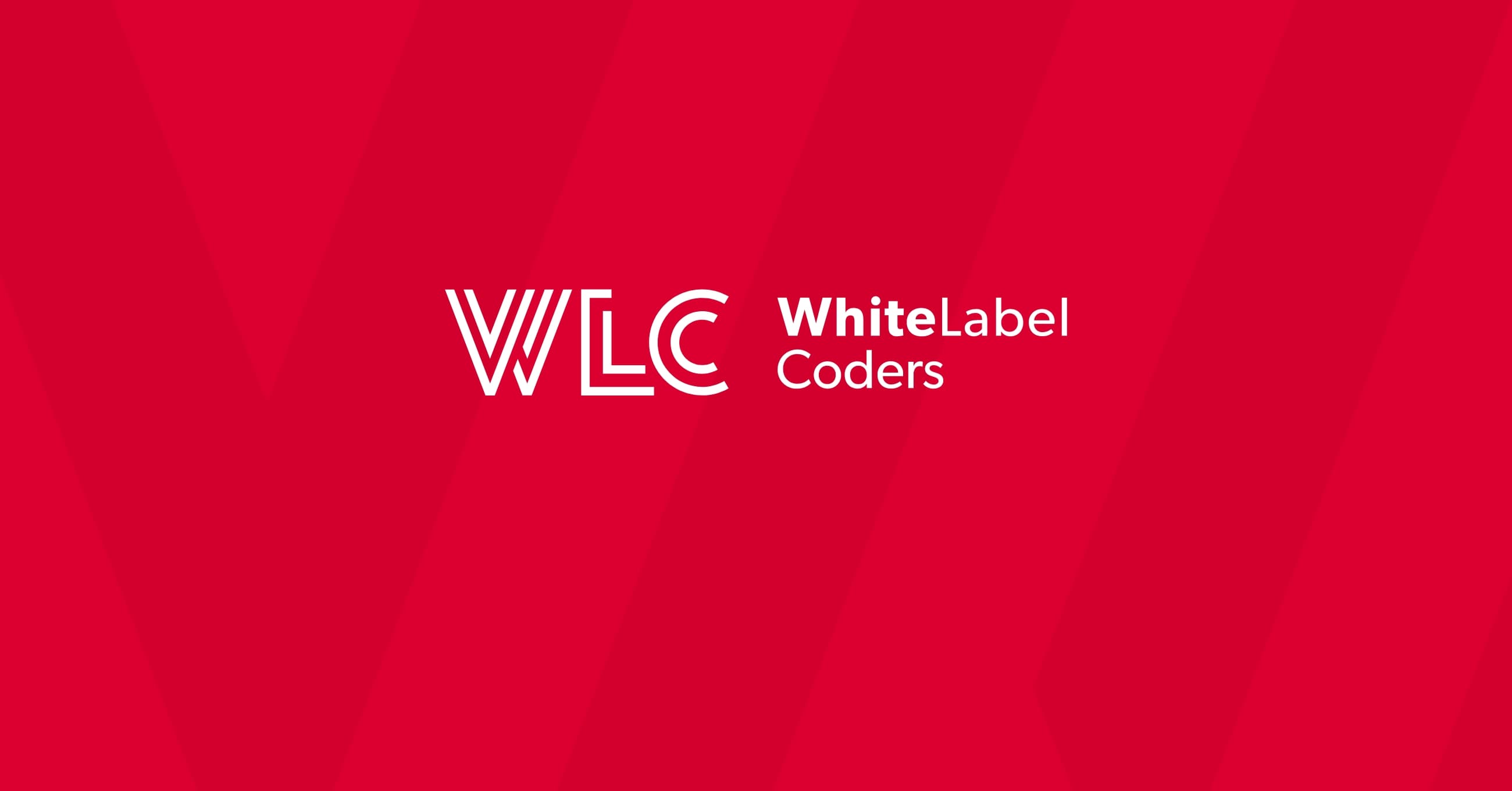Category: SEO AI
Can I copy a WordPress site to another domain?

Yes, you can copy a WordPress site to another domain through a process called migration or site duplication. This involves transferring all website files, the database, and configurations from one domain to another. The process can be accomplished using various methods including migration plugins, manual file transfers, or hosting provider tools, typically taking anywhere from a few minutes to several hours depending on your site’s complexity and size.
Understanding WordPress site copying and domain migration
WordPress site copying refers to the complete transfer of a website from one domain to another, ensuring all functionality remains intact. This process involves three distinct approaches: migration (permanent move), cloning (creating an exact duplicate), and duplication (copying for development purposes).
Common scenarios requiring site copying include rebranding with a new domain name, moving to a better hosting provider, creating staging environments for testing, or launching separate versions for different markets. The process technically involves transferring WordPress core files, themes, plugins, uploaded media, and the entire database containing your content, settings, and user data.
Understanding these fundamentals helps you choose the right approach for your specific needs, whether you’re moving a simple blog or a complex e-commerce platform.
What does it mean to copy a WordPress site to another domain?
Copying a WordPress site means creating an exact replica of your website on a different domain name whilst preserving all content, design, functionality, and settings. This comprehensive process transfers multiple components including WordPress core files, themes, plugins, media uploads, and the complete database.
The key difference lies in the purpose: copying creates a duplicate for various reasons, migrating permanently moves your site, and backing up simply creates a safety copy. When copying to another domain, you’re essentially recreating your entire digital presence elsewhere.
Components transferred include your database (containing posts, pages, comments, user accounts), wp-content folder (themes, plugins, uploads), configuration files, and all customisations. The process ensures your new domain functions identically to the original, maintaining user experience and search engine optimisation elements.
How do you copy a WordPress site to a new domain?
The most reliable method combines automated tools with manual verification to ensure complete transfer. You can choose between plugin-based solutions, manual methods, or hosting provider migration services depending on your technical comfort level.
Using migration plugins, start by installing a tool like Duplicator or All-in-One WP Migration on your source site. Create a complete package including files and database, then download this package. On your new domain, install WordPress and the same migration plugin, then upload and restore your package.
For manual copying, export your database via phpMyAdmin, download all WordPress files via FTP, upload files to the new domain, import the database, then update the wp-config.php file and run search-replace operations to update URLs throughout the database.
Regardless of method chosen, always test thoroughly after copying to ensure all functionality works correctly on the new domain.
What tools are best for WordPress site duplication?
Migration plugins offer the most user-friendly approach for most website owners. Popular free options include All-in-One WP Migration (with size limitations), Duplicator Lite, and UpdraftPlus, whilst premium versions provide unlimited transfers and advanced features.
| Tool Type | Best For | Skill Level | Cost |
|---|---|---|---|
| Migration Plugins | Most websites | Beginner | Free/Premium |
| Hosting Tools | Same host transfers | Beginner | Usually free |
| Manual Methods | Complex sites | Advanced | Free |
| Professional Services | Critical sites | Any | Paid |
Many hosting providers offer built-in migration tools, particularly useful when moving between their servers. For complex sites requiring WordPress customisation, professional development services ensure seamless transfers without data loss or functionality issues.
Choose tools based on your site’s complexity, your technical expertise, and whether you’re moving between different hosting providers or staying within the same ecosystem.
How do you handle database changes when copying WordPress sites?
Database migration requires careful URL replacement throughout all tables to ensure your site functions properly on the new domain. WordPress stores URLs in multiple locations, including posts, options, and serialised data that requires special handling.
The most critical step involves updating the site URL and home URL in the wp_options table. However, WordPress also stores URLs within post content, widget settings, theme customisations, and plugin configurations, all requiring systematic replacement.
Serialised data presents particular challenges because simply replacing text breaks the data structure. Use specialised tools like Search Replace DB or WP-CLI’s search-replace command to handle serialised data properly. These tools automatically recalculate string lengths and maintain data integrity.
Always create database backups before making changes, test the replacement process on a staging environment, and verify that all URLs update correctly throughout your site’s content and configuration.
What common issues occur during WordPress site copying?
Broken links and missing images represent the most frequent problems, typically caused by incomplete URL updates or file transfer issues. These problems often manifest as 404 errors or images displaying as broken placeholders.
Plugin conflicts arise when plugins store absolute URLs or have licensing tied to specific domains. Some plugins require reactivation or reconfiguration after migration, whilst others may need licence transfers to function properly.
SSL certificate issues occur when moving from HTTP to HTTPS environments or between different SSL configurations. Database encoding problems can cause character display issues, particularly with special characters or non-English content.
Prevent these issues by thoroughly testing all site functionality, updating plugin licences, configuring SSL properly, and ensuring consistent database encoding. Keep detailed logs during migration to troubleshoot any problems that arise.
How long does it take to copy a WordPress site to another domain?
Migration timeframes vary dramatically based on site complexity and chosen methods. Simple blogs with minimal content typically transfer within 15-30 minutes using automated tools, whilst complex e-commerce sites may require several hours or even days.
Factors affecting duration include website size (files and database), hosting provider performance, internet connection speed, chosen migration method, and post-migration testing requirements. Large media libraries significantly extend transfer times, particularly on slower connections.
Automated plugin migrations usually complete fastest for standard sites, manual methods take longer but offer more control, whilst professional services may span days but include comprehensive testing and optimisation.
Plan accordingly by scheduling migrations during low-traffic periods, allowing extra time for testing, and having rollback plans ready. Complex sites with extensive customisations benefit from professional migration services to ensure minimal downtime.
Key takeaways for successful WordPress site copying
Successful WordPress site copying requires thorough preparation and testing to ensure seamless transitions. Always create complete backups before starting, document your current site configuration, and plan for potential downtime during the migration process.
Choose migration methods appropriate to your technical skill level and site complexity. Simple sites work well with automated plugins, whilst complex customised sites may require manual approaches or professional assistance to maintain functionality.
Post-migration testing proves crucial for identifying and resolving issues before going live. Verify all pages load correctly, forms function properly, plugins work as expected, and search functionality operates normally.
For businesses with complex requirements or custom WordPress development needs, professional migration services ensure expert handling of intricate configurations, custom code, and specialised integrations whilst minimising risks and downtime.

